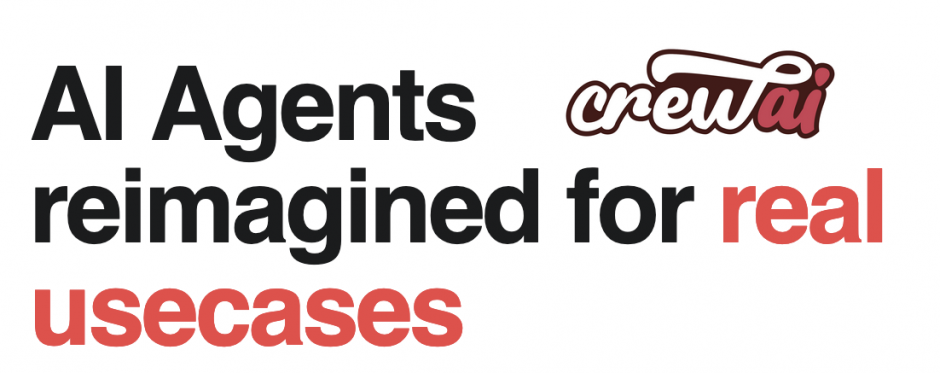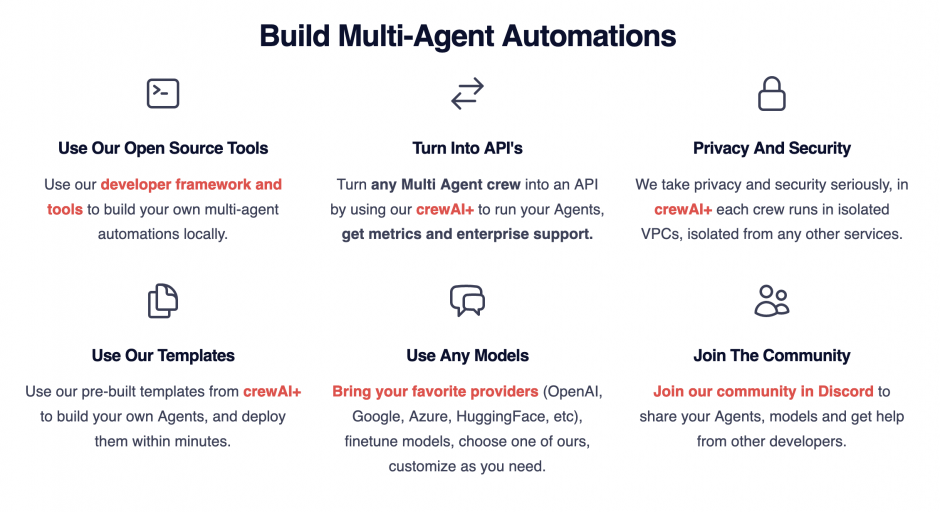GenAI Studio: News, Tools, and Teaching & Learning FAQs

These sixty minute, weekly sessions – facilitated by Technologists and Pedagogy Experts from the CTLT – are designed for faculty and staff at UBC who are using, or thinking about using, Generative AI tools as part of their teaching, researching, or daily work. Each week we discuss the news of the week, highlight a specific tool for use within teaching and learning, and then hold a question and answer session for attendees.
They run on Zoom every Wednesday from 1pm – 2pm and you can register for upcoming events on the CTLT Events Website.
News of the Week
Each week we discuss several new items that happened in the Generative AI space over the past 7 days. There’s usually a flood of new AI-adjacent news every week – as this industry is moving so fast – so we highlight news articles which are relevant to the UBC community.
Here’s this week’s news:
- The ScienceDaily article discusses an innovative experiment in which two AI systems were able to engage in a conversation with each other. This represents a notable advancement in the field of artificial intelligence, illustrating the potential for AI systems to more closely mimic human conversational patterns. The development suggests new possibilities for enhancing the interaction between AI and human communication, expanding the scope of AI’s applicability in various fields.
- In a study highlighted by Scientific American, researchers trained an AI model to understand language using just 61 hours of footage from a child’s perspective. This approach contrasts with typical machine learning models that require vast data sets. The findings suggest that language acquisition might be achieved with simpler, more naturalistic data, providing insights into both human and machine learning processes.
- NVIDIA’s new Blackwell GPU architecture, as detailed in an article on Artificial Intelligence News, represents a significant step forward in AI computing. This architecture aims to dramatically reduce costs and energy consumption while enabling real-time generative AI on trillion-parameter large language models. Named after mathematician David Harold Blackwell, it incorporates six transformative technologies, including the world’s most powerful chip and a second-generation Transformer Engine, promising substantial advancements across various industries.
- Researchers from ETH Zurich and KUNO Klinik St. Hedwig developed an AI algorithm to detect pulmonary hypertension in newborns, a serious condition challenging to diagnose. Detailed in the ETH Zurich article, this AI, trained on ultrasound images, achieves high accuracy in diagnosis and severity assessment, potentially enhancing neonatal care especially in settings lacking specialized expertise. The approach also underscores the broader potential of AI in medical diagnostics.
- Microsoft is set to roll out Copilot in OneDrive, as reported by UC Today. This new feature will enable users to quickly access information from their files in OneDrive using natural language prompts. It’s designed to streamline file management and information retrieval, enhancing productivity by leveraging AI to generate content summaries, outlines, and even answer specific queries related to the files stored in OneDrive. This integration marks a significant step in Microsoft’s ongoing efforts to embed AI across its suite of productivity tools.
- xAI has announced the open release of Grok-1, a large language model, as detailed on their blog. Grok-1 is a 314 billion parameter Mixture-of-Experts model, not fine-tuned for any specific application, providing a broad base for various AI tasks. The release under the Apache 2.0 license aims to contribute to the AI community, offering access to sophisticated technology for development and research purposes.
While the open release of Grok-1, marks a significant contribution to the AI community, it’s important to note the potential risks. The availability of the model’s weights opens up possibilities for misuse, such as creating deceptive content or sophisticated cybersecurity threats. This underscores the importance of ethical considerations and responsible use in the AI field. - CrewAI offers a platform for building and implementing multi-agent AI systems, designed to combine power and simplicity. With over 1.4 million multi-agent crews run in the last 7 days, their open-source tools allow for the creation of multi-agent automations locally, which can then be converted into APIs. The platform supports integration with various AI models and providers and emphasizes privacy and security, with each crew running in isolated environments. Additionally, they offer pre-built templates and a community on Discord for support and sharing.
Tool of the Week
Each week we demonstrate a Generative AI tool that can be used within teaching and learning. The GenAI space is evolving rapidly, and as such we demo new tools or new ways people use those tools.
As a reminder not all tools we showcase have successfully been through the PIA process at UBC.

This week’s Tool of the Week: CrewAi
CrewAI truly stands out as a cutting-edge platform for multi-agent AI system development. Its design is optimized for facilitating intricate AI interactions, surpassing traditional single-agent systems by leveraging the collective strength of multiple AI agents. The platform’s focus on integration and coordination makes it ideal for scenarios demanding complex, collaborative efforts. This environment, where AI agents share information and objectives, is perfect for tackling advanced tasks that require sophisticated problem-solving approaches.
In terms of usability, CrewAI offers a significant advantage by allowing developers to construct and refine multi-agent systems locally. This approach ensures in-depth testing and fine-tuning of interactions, preparing the system for effective large-scale deployment. The seamless transition from local development to API-based deployment, combined with the platform’s compatibility with various AI models, enhances its adaptability and makes it a versatile tool suitable for a wide range of applications.
Furthermore, the versatility of CrewAI’s multi-agent framework opens up numerous possibilities for complex problem-solving and decision-making scenarios. Its ability to manage and coordinate multiple AI agents is particularly beneficial in environments where simultaneous processing of diverse information and collaborative efforts are crucial. CrewAI excels in projects that require a layered approach to analytics or creative problem-solving, or any scenario that benefits from the synergy of multiple AI agents working in unison towards a shared objective.
Questions and Answers
Each studio ends with a question and answer session whereby attendees can ask questions of the pedagogy experts and technologists who facilitate the sessions. We have published a full FAQ section on this site. If you have other questions about GenAI usage, please get in touch.
-
Anything LLM
Anything LLM offers an AI tool that ensures privacy and flexibility, enabling users to deploy any large language model (LLM) with any document locally on their device, without needing internet connectivity
-
Backyard AI
Backyard AI offers immersive text adventures and AI-powered chat with customizable characters, enabling interactive stories through a desktop app that supports offline use